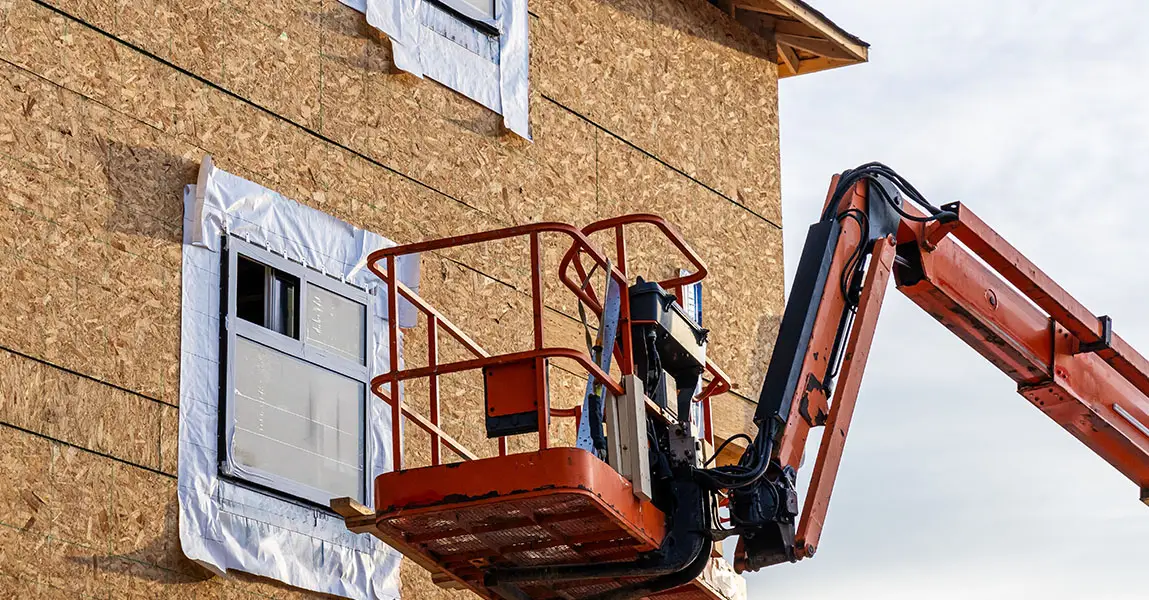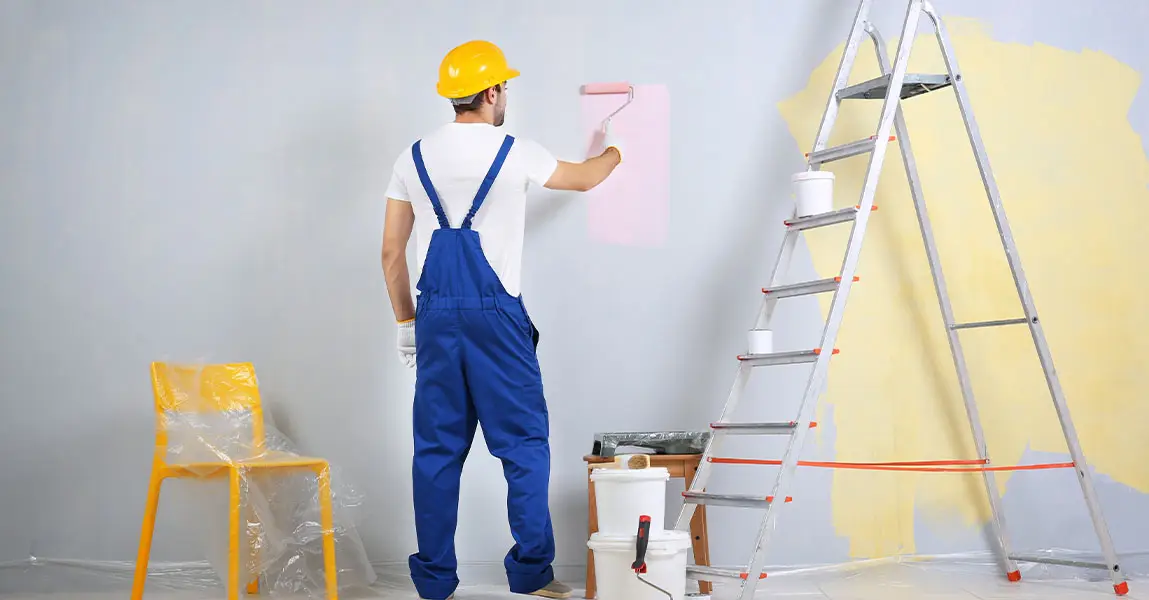Renovation projects often bring excitement about improving a home or workspace. However, when older buildings are involved, one of the most important steps is making sure asbestos is not hiding in walls, ceilings, or floors. Asbestos was widely used in construction for decades, and disturbing it without care can release harmful fibers into the air. This is why asbestos inspections should always come first before any demolition or remodeling begins.
Understanding the Risks of Asbestos
Asbestos is a natural mineral once praised for being heat resistant and durable. Unfortunately, it is also linked to serious health problems. When materials containing asbestos are damaged or disturbed, tiny fibers are released. These fibers can be inhaled and remain in the lungs for years, causing long term health issues.
We need to recognize that even small amounts of exposure can be harmful. For example, cutting through old drywall, pulling up flooring, or removing insulation can all disturb asbestos. Therefore, we treat inspections as a first line of defense to protect everyone in the building.
Why Inspections Come Before Renovations
Before starting any renovation, inspections help us identify whether asbestos is present. Without this step, workers may unknowingly release fibers during demolition. Once fibers are in the air, cleanup becomes more complicated, costly, and dangerous.
An inspection provides a clear picture of where asbestos might be hidden. In other words, it guides the renovation plan so we can remove hazards before construction starts. It also ensures compliance with regulations, since skipping an inspection can lead to fines or stop-work orders.
Where Asbestos Is Commonly Found
Different building eras used asbestos in different ways. In homes built before the 1990s, asbestos could be in many areas. We often see it in pipe insulation, vinyl flooring, ceiling tiles, roofing shingles, or textured wall coatings.
The challenge is that asbestos is not always visible. Materials may look harmless but still contain fibers. Consequently, professional testing is the only way to know for certain. Our team relies on specialized equipment and certified labs to confirm results accurately.
How Professional Inspections Are Done
A professional inspection starts with a visual survey of the property. After that, small samples of materials are taken from different areas. These samples are carefully sealed and sent to an accredited lab for testing.
During the process, strict safety steps are followed to avoid contamination. The results show whether asbestos is present and in what concentration. From there, a proper plan for safe handling or removal can be made. This process ensures no guesswork and reduces the chance of accidental exposure.
Cost Savings Through Early Detection
At first, some homeowners may think inspections are an added expense. However, the reality is that inspections often save money in the long run. If asbestos is found during demolition, projects must stop until the issue is addressed. This leads to delays, higher costs, and wasted labor.
By arranging an inspection ahead of time, we avoid those disruptions. Identifying risks early allows us to prepare for removal, budget properly, and keep the timeline realistic. In the end, early detection is far less expensive than dealing with an emergency contamination.
Legal and Safety Requirements
Across Canada, strict regulations govern how asbestos is handled. These rules are in place to protect both workers and occupants. For example, contractors must follow health and safety codes when dealing with asbestos. Without proper clearance from inspections, work may not legally proceed.
Following the law is only part of the responsibility. Above all, protecting the health of families and workers is the main reason for inspections. Safe renovation practices always start with knowing exactly what materials are in the building.
Choosing the Right Partner for Inspections
Not all companies are equally equipped for asbestos testing. It is important to work with professionals trained in both detection and safe handling. Our team has the experience and certification needed to conduct reliable inspections.
For property owners who want dependable support, turning to an abatement & remediation company in Calgary ensures the job is done properly. With the right partner, inspections are thorough, accurate, and part of a complete safety plan.
Preparing for the Inspection Process
Getting ready for an inspection does not require much from homeowners. We usually recommend clearing access to areas where materials need to be tested. It is also helpful to provide any history of past renovations or building records.
Meanwhile, we take care of all the technical details. Our inspectors wear protective equipment, collect samples, and document findings. After that, we explain results in simple terms so decisions about renovation can be made with confidence.
When Removal Becomes Necessary
If asbestos is found and the renovation will disturb it, removal is the next step. Licensed professionals handle removal using sealed work zones, negative air machines, and proper disposal methods.
We never recommend homeowners attempt removal on their own. DIY methods put everyone at risk and can spread fibers throughout the property. By relying on trained experts, the work is safer, faster, and fully compliant with local regulations.
How Inspections Protect Families and Workers
The benefits of inspections go beyond the building itself. Families living in the home and workers completing the project are both protected when asbestos is identified early. Safe practices reduce health risks now and in the future.
Similarly, inspections give peace of mind. Knowing a home is free of hidden asbestos allows families to focus on enjoying their renovated space instead of worrying about unseen dangers. For workers, it creates a safe job site where they can perform their tasks without unnecessary hazards.
Extra Tips for Renovation Safety
One often overlooked tip is to consider air quality monitoring during renovations. Even after asbestos is removed, dust and particles from other materials can affect indoor air. Portable air scrubbers and proper ventilation can keep the environment healthier.
Another tip is to plan renovations in phases when asbestos is discovered. By addressing the most urgent areas first, we can often reduce overall disruption and keep parts of the property usable while work continues. These small planning steps help families manage renovations more smoothly.
Taking the Next Step
If you are planning a renovation and want to ensure your home is safe, it is best to arrange an asbestos inspection as soon as possible. Our team is ready to guide you through the process and provide practical support every step of the way. You can start today by reaching out through our contact us page.
FAQ
What is asbestos used for in older homes
Asbestos was used for insulation, flooring, roofing, and fireproofing. It was added to materials to improve strength and heat resistance.
Can asbestos be identified without testing
No. Many asbestos containing materials look the same as safe ones. Only lab testing confirms whether it is present.
Is it safe to live in a home with asbestos if it is not disturbed
Yes. Asbestos is most dangerous when it is damaged or disturbed. If left intact and sealed, it may not release fibers.
How long does an asbestos inspection take
Most inspections take a few hours, depending on the size of the property. Results from lab testing usually arrive within a few days.
What happens if asbestos is found during renovation
Work is stopped until certified professionals create a safe removal plan. This ensures health risks are minimized before construction continues.











